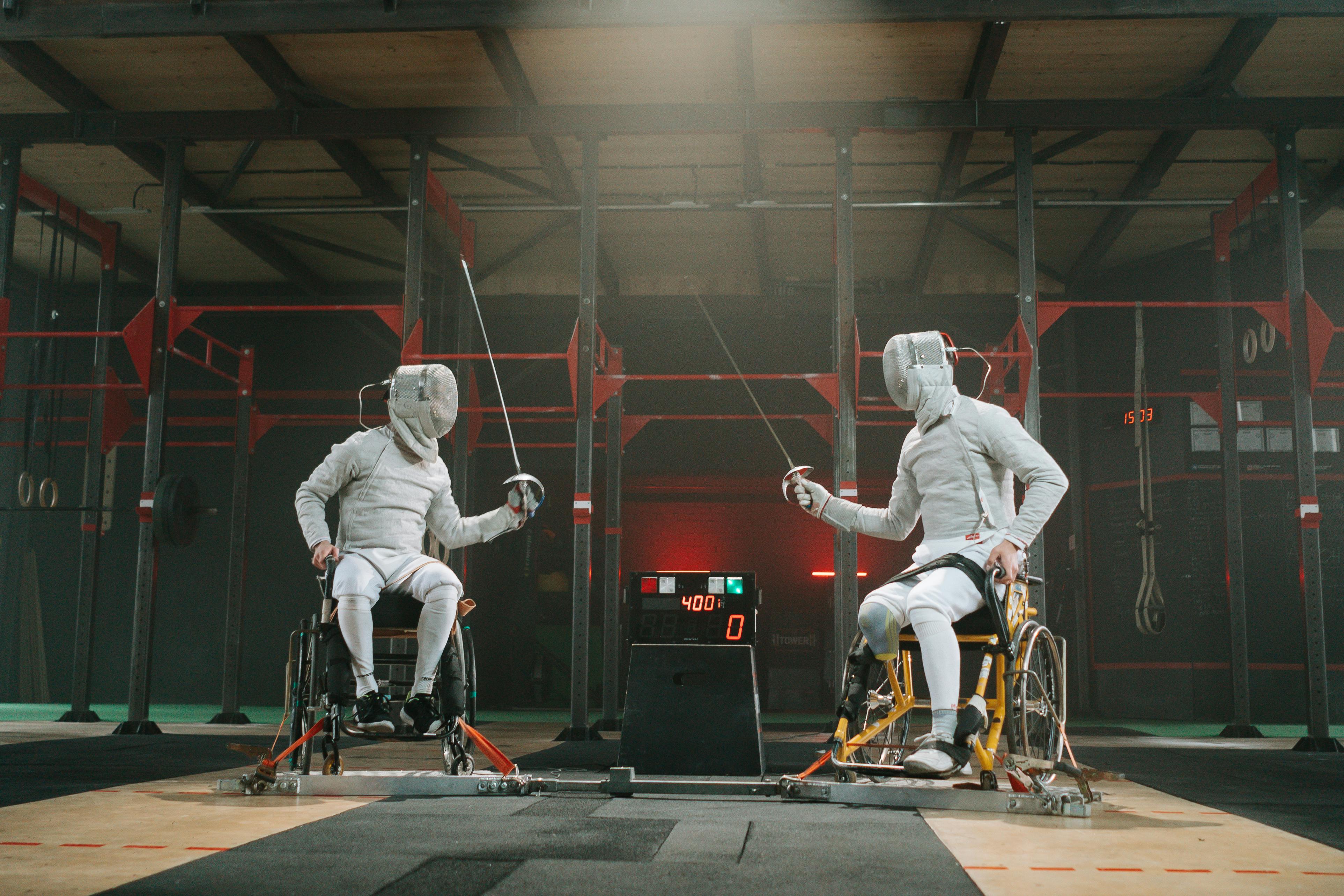Breaking Barriers: The Role of Adapted Sports in Promoting Inclusion and Diversity
Adapted sports have long been a cornerstone in the realm of athletic competition, offering a platform for athletes with disabilities to showcase their skills and passion for the game. This article delves into the history, current trends, and future prospects of adapted sports, highlighting their significance in promoting inclusion and diversity.

An Insight into the Origins of Adapted Sports
The roots of adapted sports trace back to the aftermath of World War II when they were introduced as a rehabilitation method for veterans with disabilities. Sir Ludwig Guttmann, a neurologist, recognized the therapeutic benefits of sports and the potential it held to improve the quality of life of injured veterans. He organized the first ‘Stoke Mandeville Games’ in 1948, a pioneering event that eventually evolved into the Paralympic Games.
The Growth and Expansion of Adapted Sports
With the initiation of the Paralympic Games in 1960, adapted sports gained recognition on a global scale. Over the years, the scope of adapted sports has expanded substantially, incorporating a broad range of sports disciplines, from wheelchair basketball and sitting volleyball to adapted skiing and blind soccer. Inclusive sports organizations, such as the International Wheelchair and Amputee Sports Federation (IWAS) and the International Blind Sports Federation (IBSA), have played a pivotal role in this expansion.
Current Trends in Adapted Sports
In recent years, adapted sports have witnessed a surge in popularity and participation rates. Technological advancements have enabled the creation of specialized equipment, enhancing athletes’ performance and the sports’ overall appeal. Furthermore, adaptive sports programs are increasingly being integrated into school curriculums, promoting inclusivity from a young age.
The Impact of Adapted Sports: Beyond the Playing Field
Adapted sports offer more than just a platform for competition; they foster social inclusion, boost self-esteem, and promote a healthy lifestyle among individuals with disabilities. By challenging societal norms and breaking down barriers, they play a crucial role in shaping a more inclusive and diverse society.
The Future of Adapted Sports: A Path Ahead
The future of adapted sports looks promising. With growing awareness and support, they are set to further revolutionize the sports industry. However, challenges remain. Ensuring equal opportunities, improving accessibility, and securing adequate funding are some of the issues that need to be addressed. Nevertheless, with continued efforts, adapted sports can truly embody the spirit of inclusivity and diversity in sports.
In conclusion, adapted sports represent a potent symbol of resilience, determination, and inclusivity. They serve as a powerful reminder that sports are not merely about winning and losing; they are about the spirit of competition, the joy of participation, and above all, the celebration of human potential in all its diversity.




